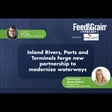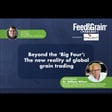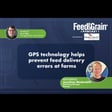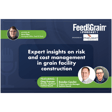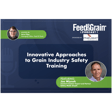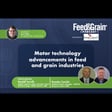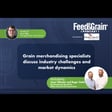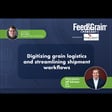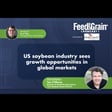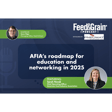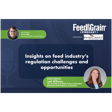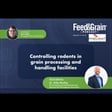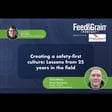Become a Creator today!Start creating today - Share your story with the world!
Start for free
00:00:00
00:00:01

Exploring insect protein in feed manufacturing
Tune into the latest episode of the Feed Grain Podcast where Steven Kilger discuss the groundbreaking work of Innovafeed in insect protein production. Our guest, Maye Walraven, general manager for North America and chief impact officer, dives into the details of their newly opened North American Innovation Center. Discover how insect protein is cultivated and its potential role in future feed formulations.
